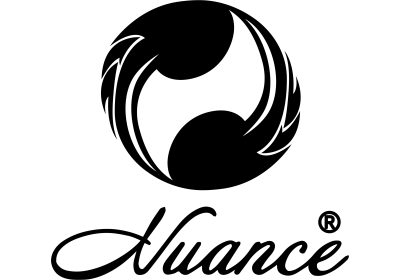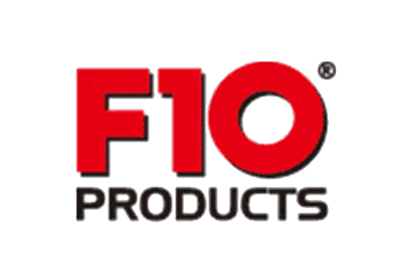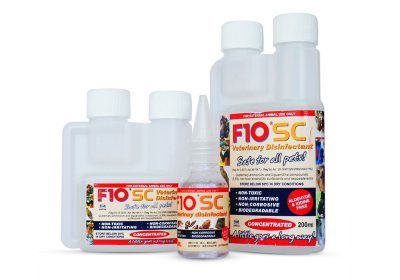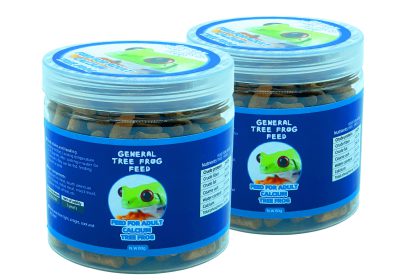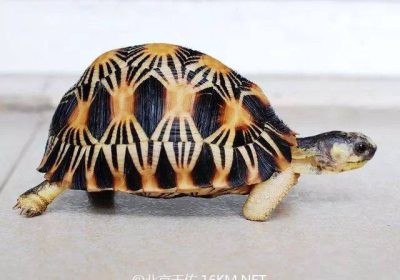摘要
UVB灯用于为室内饲养的爬行动物提供在其皮肤中合成维生素D3所需的紫外线辐射。自2019年以来,UVB-LED灯一直在销售,用于爬行动物饲养。我们对其中18个灯进行了光谱分析并绘制了紫外线辐照度图。与传统产品相比,UVB-LED灯的积极优势包括更高的能效、不含汞以及无需外部镇流器即可轻松安装。然而,所有测试的UVB-LED灯的光谱与太阳紫外线光谱几乎没有相似性。一些灯具发出短波长、非地面辐射,已知会导致急性光性角膜结膜炎;我们报告一个病例。所有灯具在315–335nm范围内都缺乏显著的输出 ,这个范围对皮肤维生素D3合成的自然自我调节至关重要,防止过量生产D3。根据我们的频谱分析,我们描述了一种可能的严重高维生素D血症的风险。我们呼吁进行长期的动物研究来评估这种风险,在这些灯下的爬行动物,暴露于物种适合的紫外线指数水平,根据Ferguson区的分配和监测的维生素D3和25(OH)D3的血清水平(We call for long-term animal studies to assess this risk, in which the reptiles under these lamps are exposed to species-appropriate UV index levels according to their Ferguson Zone allocation and serum levels of vitamin D3 and 25(OH)D3 monitored)。对灯具进行光谱修改,使其光谱更像阳光,这可能是减轻这种风险的重要方法。
研究亮点
爬行动物用UVB-LED灯的光谱令人担忧。有些会发出非陆地紫外线,引起光性角膜结膜炎。所有这些都缺乏防止维生素D过量产生的波长,有导致高维生素D血症的风险。我们呼吁进行长期的动物试验。
原文
UVB-emitting LEDs for reptile lighting: Identifying the risks of nonsolar UV spectra
Sarina Wunderlich, Thomas Griffiths, Frances Baines
Abstract
UVB lamps are used to provide reptiles housed indoors with the UV radiation necessary to synthesize vitamin D3 in their skin. Since 2019, UVB-LED lamps have been on sale for use in reptile husbandry. We performed spectral analysis and mapped the UV irradiance for 18 of these lamps. The positive benefits of UVB-LED lamps over traditional products include greater energy efficiency, freedom from mercury and easy installation without external ballasts. However, the spectra of all the UVB-LED lamps tested had little similarity to the solar UV spectrum. Some lamps emitted short-wavelength, non-terrestrial, radiation known to cause acute photo-kerato-conjunctivitis; we report one case. All lamps were lacking significant output in the range 315–335 nm, essential for natural self-regulation of cutaneous vitamin D3 synthesis, preventing overproduction. We describe a possible risk of serious hypervitaminosis D based on our spectral analysis. We call for long-term animal studies to assess this risk, in which the reptiles under these lamps are exposed to species-appropriate UV index levels according to their Ferguson Zone allocation and serum levels of vitamin D3 and 25(OH)D3 monitored. Spectral modifications of the lamps to make the spectrum more like sunlight may be an essential way of mitigating this risk.
Research highlights
The spectra of UVB-LED lamps for reptiles are of concern. Some emit non-terrestrial UVB causing photo-kerato-conjunctivitis. All lack wavelengths preventing overproduction of vitamin D, risking hypervitaminosis. We call for long-term animal trials.
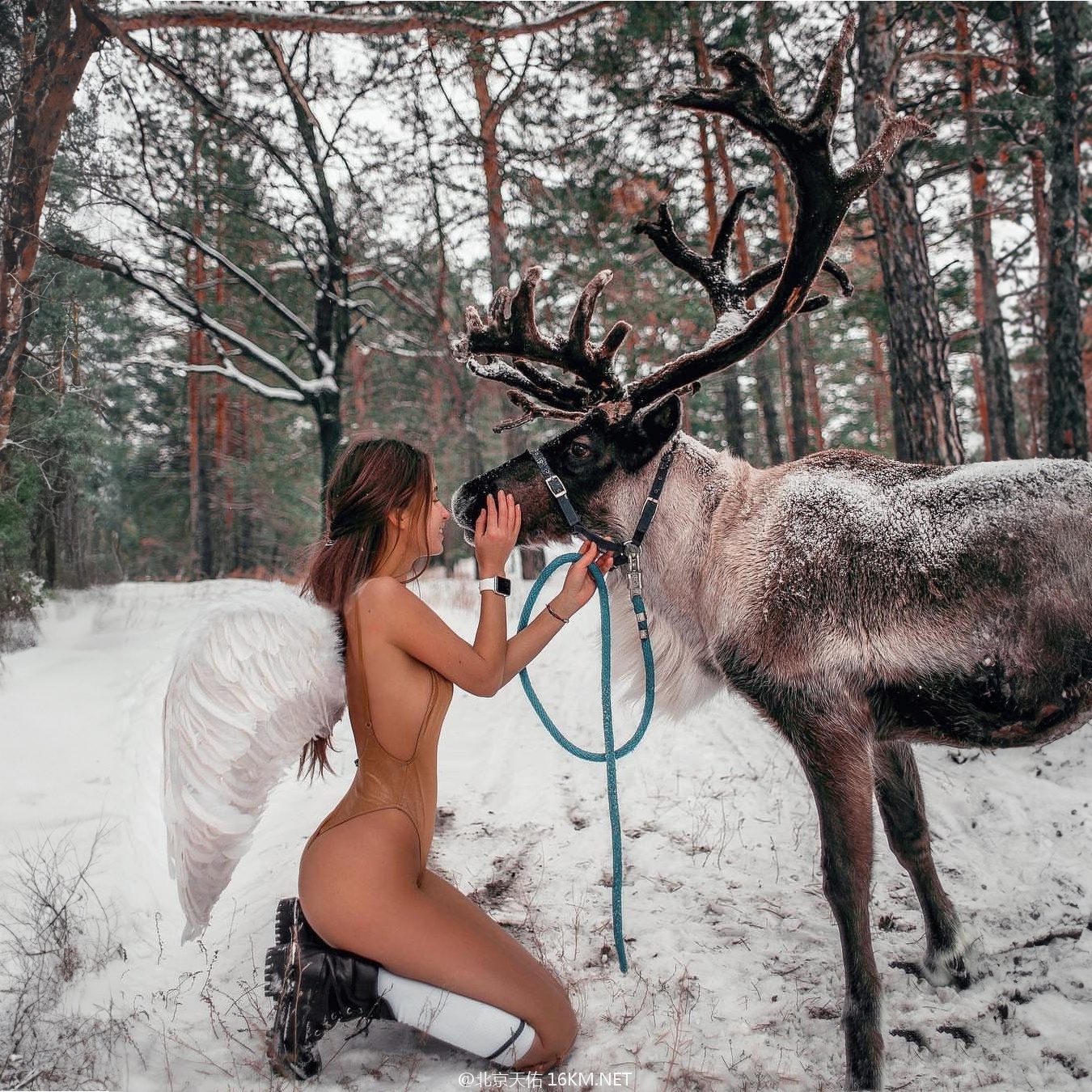 天佑爬虫工作室
天佑爬虫工作室
